'Gog! What Hell Dat Noise?! All Day! All Night!'
'Me Not Know! Make Me Want Kill Self!'
The Lambeosaur: Car-Alarm-at-3am of the Jurassic?
Honk! Hoot-Hoot! Wooop! Hawawawa! Honk! Toot! Midldldldle! Honk! Donggg! Hoooooowah! Honk! Poooooooople! Beep-Beep! Wallawalla! Dipdipdip! Zing!












Ding! Honk! Woop-Woop! Hootie! Honk! Breeeee! Wewewew! Honk! Honk! Zzooop! Blllinggg! Pip-Pip! Honk! Flooozoo! Nowanowa! Doop-Doop! Honk! Ping! D'oh!
The Secret of Dinosaur Crests: Honk If You Like Me
from Reuters
TORONTO, Canada - Duckbilled dinosaurs of about 90 million years ago had huge crests with complex nasal passages, and used them to honk sexual and social messages, according to a new study in the journal Paleobiology.
Duckbilled dinosaurs of about 90 million years ago had huge crests with complex nasal passages, and used them to honk sexual and social messages, according to a new study in the journal Paleobiology.
"The crest likely evolved to play a role in behavior of both vocal and visual display - to call to attract a mate or warn of predators or something like that," said David Evans, a researcher at the University of Toronto.
Bing-Bing! Honk! Woozah! Hoot! Boop! Honka-Honka! Woooble! Honk! Ring-Ring! Bip-Lip!








"We can now discount the idea that the structure evolved to increase the sense of smell."
Plant-eating crested duckbilled dinosaurs, also known as lambeosaurs, were about 30 feet long with 2-foot skulls and four legs, the rear ones longer and stronger than the front ones.

 Their crests, the main visual way of telling them apart, could be shaped like an Elvis Presley pompadour, a helmet or a hatchet.
Their crests, the main visual way of telling them apart, could be shaped like an Elvis Presley pompadour, a helmet or a hatchet.
Zoologists who studied duckbill dinosaur fossils from Western Canada found that the animals developed the crest fairly late in life, adding credence to the idea of a socio-sexual function.
Zowza! Honk! Vooma! Nallawonga! Brong! Honk! Wazzlewalloo!bamboozah, Australia!








"It would be possibly a mating display as well because it seems to develop late in the animal's lifespan and that's pretty consistent with those features that are related to attracting a mate," Evans said.
Evans said that when the dinosaur inhaled, air flowed through elaborate passages that followed the shape of the its crest over the top of its skull and down into its lungs.
the its crest over the top of its skull and down into its lungs.
He used fossils to make a three-dimensional cast of a duckbill's brain, creating a mold that showed that the creature's sense of smell was located near its eyes -- the same place as all dinosaurs and all modern four-legged animals.
 He said the model confirmed the theory that the crest most likely evolved to make honking sounds and help the dinosaur attract a mate or warn of predators.
He said the model confirmed the theory that the crest most likely evolved to make honking sounds and help the dinosaur attract a mate or warn of predators.
Evans described his findings another piece in the puzzle of how dinosaurs lived, "contributing to the idea that dinosaurs were very vibrant social animals."

hellloooooooo!Hellloooooooo!HELLLOOOOOOOOOOO!
Hello!












Ding! Honk! Woop-Woop! Hootie! Honk! Breeeee! Wewewew! Honk! Honk! Zzooop! Blllinggg! Pip-Pip! Honk! Flooozoo! Nowanowa! Doop-Doop! Honk! Ping! D'oh!
The Secret of Dinosaur Crests: Honk If You Like Me
from Reuters
TORONTO, Canada -
 Duckbilled dinosaurs of about 90 million years ago had huge crests with complex nasal passages, and used them to honk sexual and social messages, according to a new study in the journal Paleobiology.
Duckbilled dinosaurs of about 90 million years ago had huge crests with complex nasal passages, and used them to honk sexual and social messages, according to a new study in the journal Paleobiology."The crest likely evolved to play a role in behavior of both vocal and visual display - to call to attract a mate or warn of predators or something like that," said David Evans, a researcher at the University of Toronto.
Bing-Bing! Honk! Woozah! Hoot! Boop! Honka-Honka! Woooble! Honk! Ring-Ring! Bip-Lip!
"We can now discount the idea that the structure evolved to increase the sense of smell."
Plant-eating crested duckbilled dinosaurs, also known as lambeosaurs, were about 30 feet long with 2-foot skulls and four legs, the rear ones longer and stronger than the front ones.

 Their crests, the main visual way of telling them apart, could be shaped like an Elvis Presley pompadour, a helmet or a hatchet.
Their crests, the main visual way of telling them apart, could be shaped like an Elvis Presley pompadour, a helmet or a hatchet.Zoologists who studied duckbill dinosaur fossils from Western Canada found that the animals developed the crest fairly late in life, adding credence to the idea of a socio-sexual function.
Zowza! Honk! Vooma! Nallawonga! Brong! Honk! Wazzlewalloo!bamboozah, Australia!
"It would be possibly a mating display as well because it seems to develop late in the animal's lifespan and that's pretty consistent with those features that are related to attracting a mate," Evans said.
Evans said that when the dinosaur inhaled, air flowed through elaborate passages that followed the shape of
 the its crest over the top of its skull and down into its lungs.
the its crest over the top of its skull and down into its lungs.He used fossils to make a three-dimensional cast of a duckbill's brain, creating a mold that showed that the creature's sense of smell was located near its eyes -- the same place as all dinosaurs and all modern four-legged animals.
 He said the model confirmed the theory that the crest most likely evolved to make honking sounds and help the dinosaur attract a mate or warn of predators.
He said the model confirmed the theory that the crest most likely evolved to make honking sounds and help the dinosaur attract a mate or warn of predators.Evans described his findings another piece in the puzzle of how dinosaurs lived, "contributing to the idea that dinosaurs were very vibrant social animals."

hellloooooooo!Hellloooooooo!HELLLOOOOOOOOOOO!
Hello!







 what the Great Conjunction is. 'What's the Great Conjunction?'
what the Great Conjunction is. 'What's the Great Conjunction?' 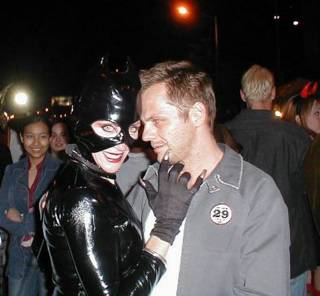




 A Is for Androids
A Is for Androids B Is for Boba
B Is for Boba C Is for Calvin
C Is for Calvin D Is for Dragons
D Is for Dragons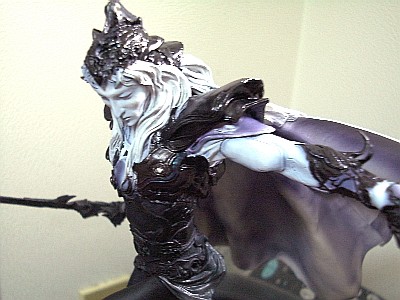 E Is for Elric
E Is for Elric F Is for Futures
F Is for Futures G Is for Genie
G Is for Genie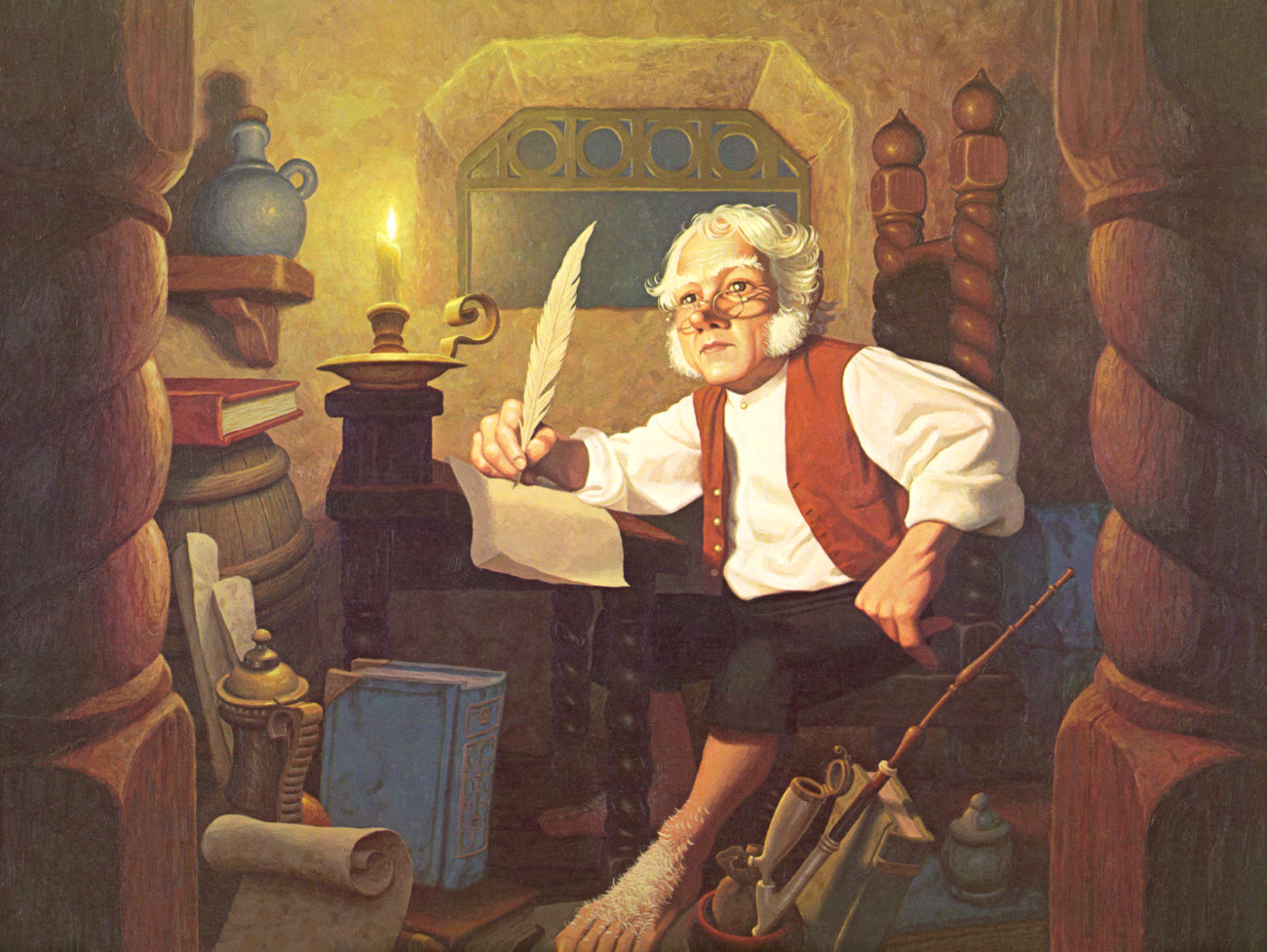 H Is for Hobbits
H Is for Hobbits I Is for Iceman
I Is for Iceman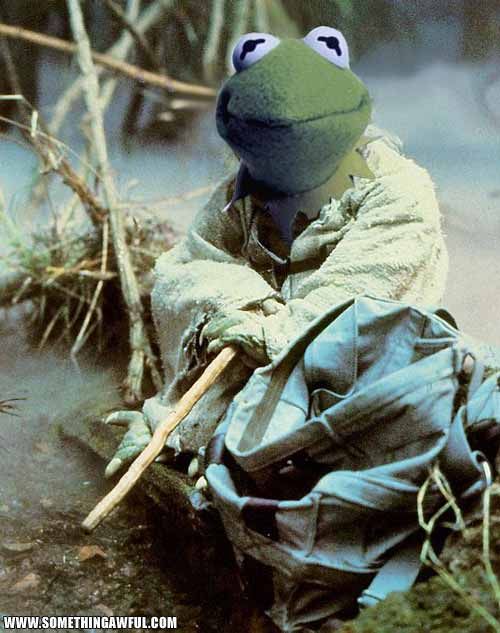 J Is for Jedi
J Is for Jedi K Is for Kraken
K Is for Kraken










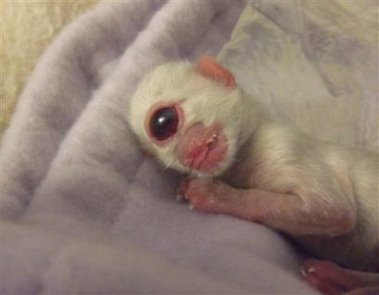
























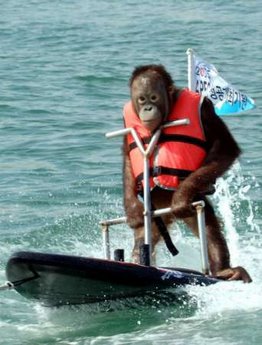
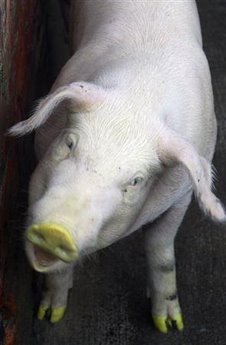



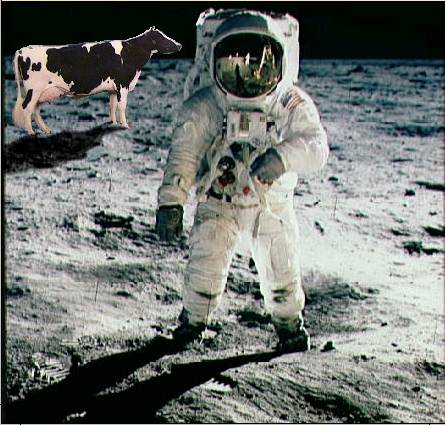
























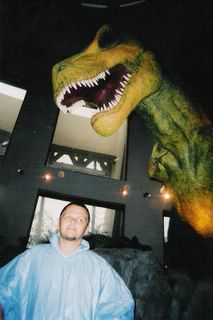



0 Comments:
Post a Comment
<< Home